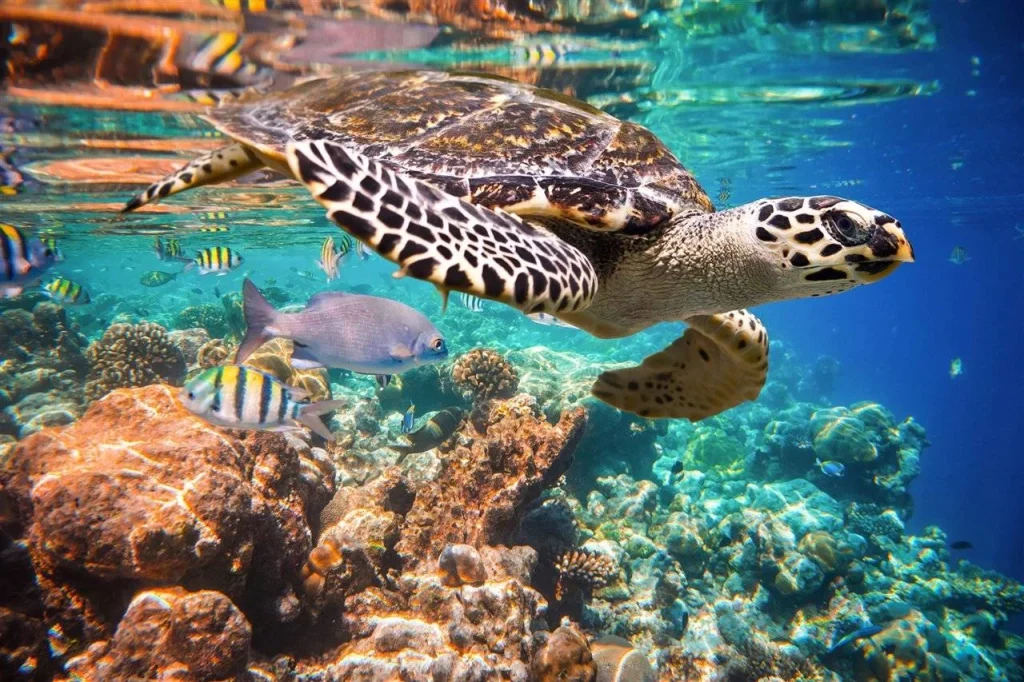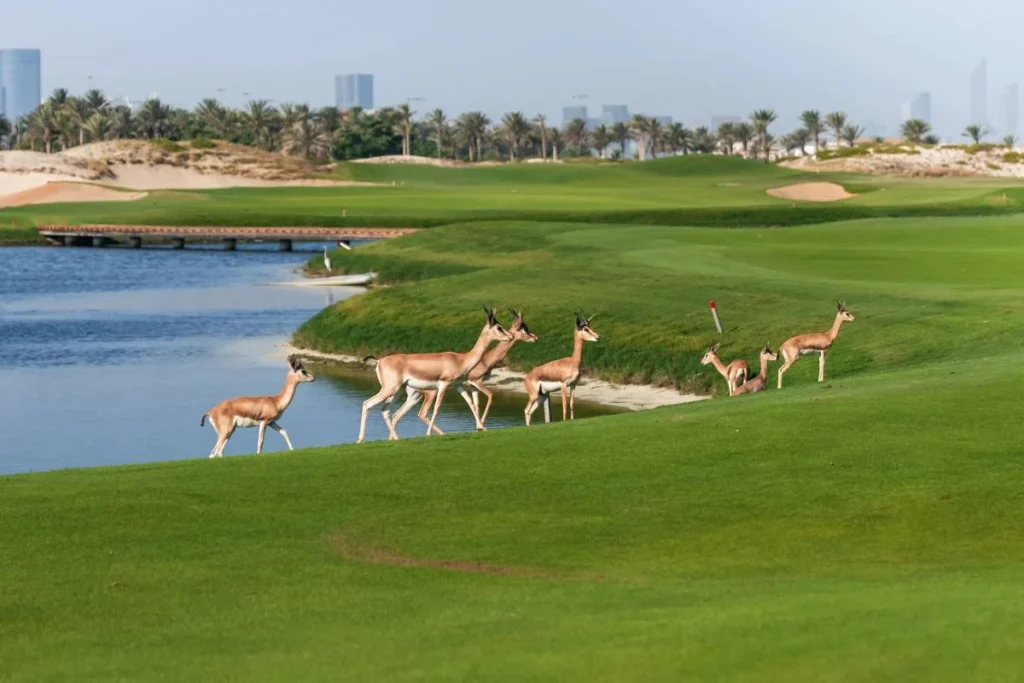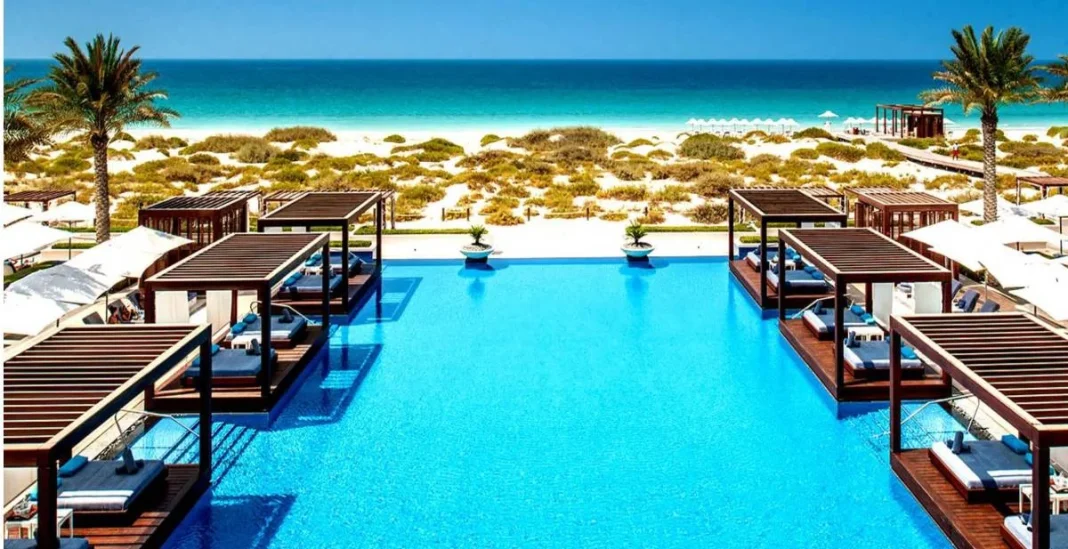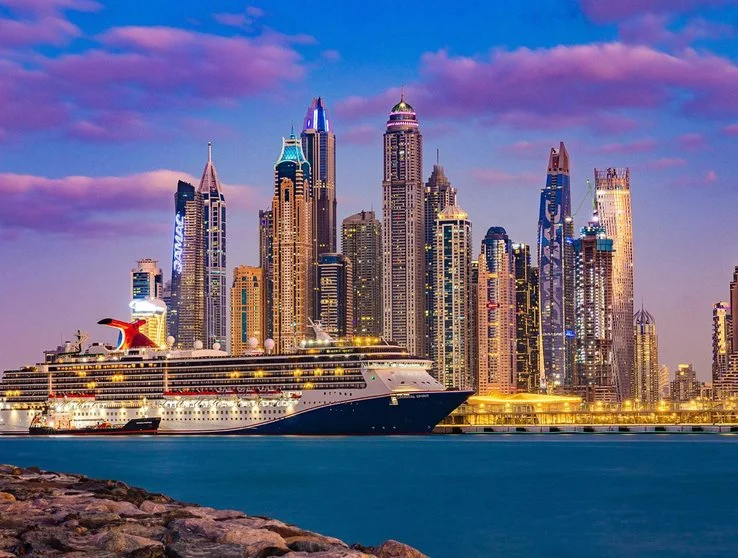National Geographic selected the best beaches in the Middle East and one receives a special mention in Abu Dhabi. It is Saadiyat Island, which National Geographic highlighted for its stunning beauty, dreamy beaches, and preservation of its wildlife.
Known as the Island of Happiness, it was featured by the publication in its travel section, due to its incredible landscape but also because it is home to one of the most exotic species. This site is located in the middle of the Persian Gulf, just north of downtown Abu Dhabi, and is one of the spots chosen by tourists from all over the world.
The hidden gem of Abu Dhabi discovered by National Geographic

Saadiyat Island brings together everything tourists want for a luxury stay. Eccentric restaurants blend with pristine sands and the utmost tranquility just 20 minutes from the city. This site was highlighted by National Geographic as one of the best for relaxing, but it’s also home to an exotic species of nature: the hawksbill turtle. These animals reside in a place called Saadiyat Beach Club, a beautiful beach that hosts this particular species.
This exotic turtle is endangered, although this site is adequately prepared to preserve them. The Tourism Development & Investment Company of Abu Dhabi (TDIC) has implemented a hawksbill turtle conservation program, the only one of its kind in the Arabian Gulf. This enclave is home to the nests of several of these species, each containing between 90 and 100 eggs.
Another Highlight of National Geographic on the Island of Happiness

In this spectacular space, not only do marine species reside, but also other animals that can be known to visitors. Arabian red foxes and peacocks are frequent inhabitants of the island, so golfers from surrounding areas must be especially careful not to hit them.
The Saadiyat Beach Golf Club, which disrupts the natural habitat of these species, also became an Audubon Certified Cooperative Sanctuary, which implies a commitment to caring for natural areas and wildlife spaces while minimizing the potentially harmful impact of a golf course. Due to this trend, more than 150 different bird species can be found on the course and its surroundings.



